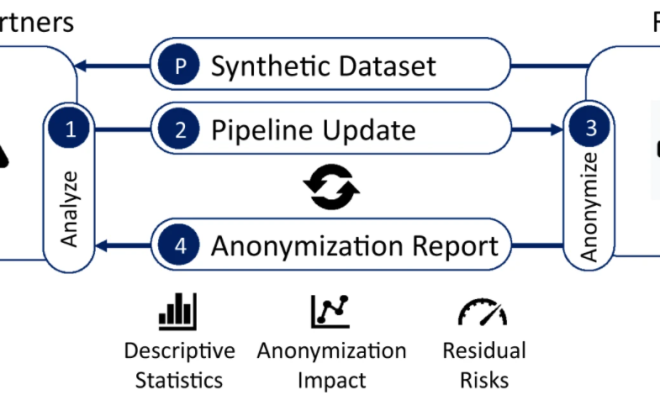High-Level vs. Low-Level Programming Languages, Explained

Programming languages are not all created equal, and when it comes to choosing the right one for a specific project, it is important to understand the differences between high-level and low-level programming languages.
High-Level Programming Languages
High-level programming languages are designed to be more user-friendly and easier to read and write. These types of languages are often used for developing applications that do not require complex calculation or low-level hardware.
High-level languages are more abstract than low-level languages, meaning that they are at a higher level of programming abstraction and contain more commands. High-level languages are more expressive, in the sense that they can accomplish more using fewer lines of code. Examples of high-level programming languages include Python, Java, Ruby, and PHP.
Advantages:
1. Easy to learn and write code
2. Short development cycle
3. Portable across different platforms
4. Provide easy access to ready-made libraries and frameworks
5. Developer-friendly debuggers and error handling
6. Enable quick coding and software prototyping
Disadvantages:
1. Slower in compiling
2. Memory allocation and performance optimization challenges
3. Limited hardware access
4. Less control over machine-level operations
5. Slower speed and performance compared to low-level languages
Low-Level Programming Languages
Low-level programming languages offer more control over the computer’s hardware and often provide more efficient code execution. These programming languages deal directly with the computer’s hardware and are written in a form that the machine can understand. Assembly language is an example of a low-level programming language.
Advantages:
1. High execution speed and performance
2. Granular control over memory management and hardware operations
3. Hardware specific
4. Efficient coding practices
5. Lightweight in terms of execution efficiency
6. Ideal for systems-level programming like device drivers and kernel applications
Disadvantages:
1. Difficult to learn and use
2. Requires specialized skills
3. Time-consuming code development and debugging
4. The tedious debugging process for hardware and memory-related issues
5. A high level of error-prone code making it difficult to keep up with different hardware requirements.
Conclusion:
Each programming language has its set of strengths and weaknesses, and choosing the right one depends on the type of project, development cycle, and hardware requirements. Choosing the right language can impact the efficiency, accuracy, and quality of the software code and the development process. High-level languages are great for simple applications that do not require complex hardware systems, while low-level languages give developers granular control over hardware operations.



